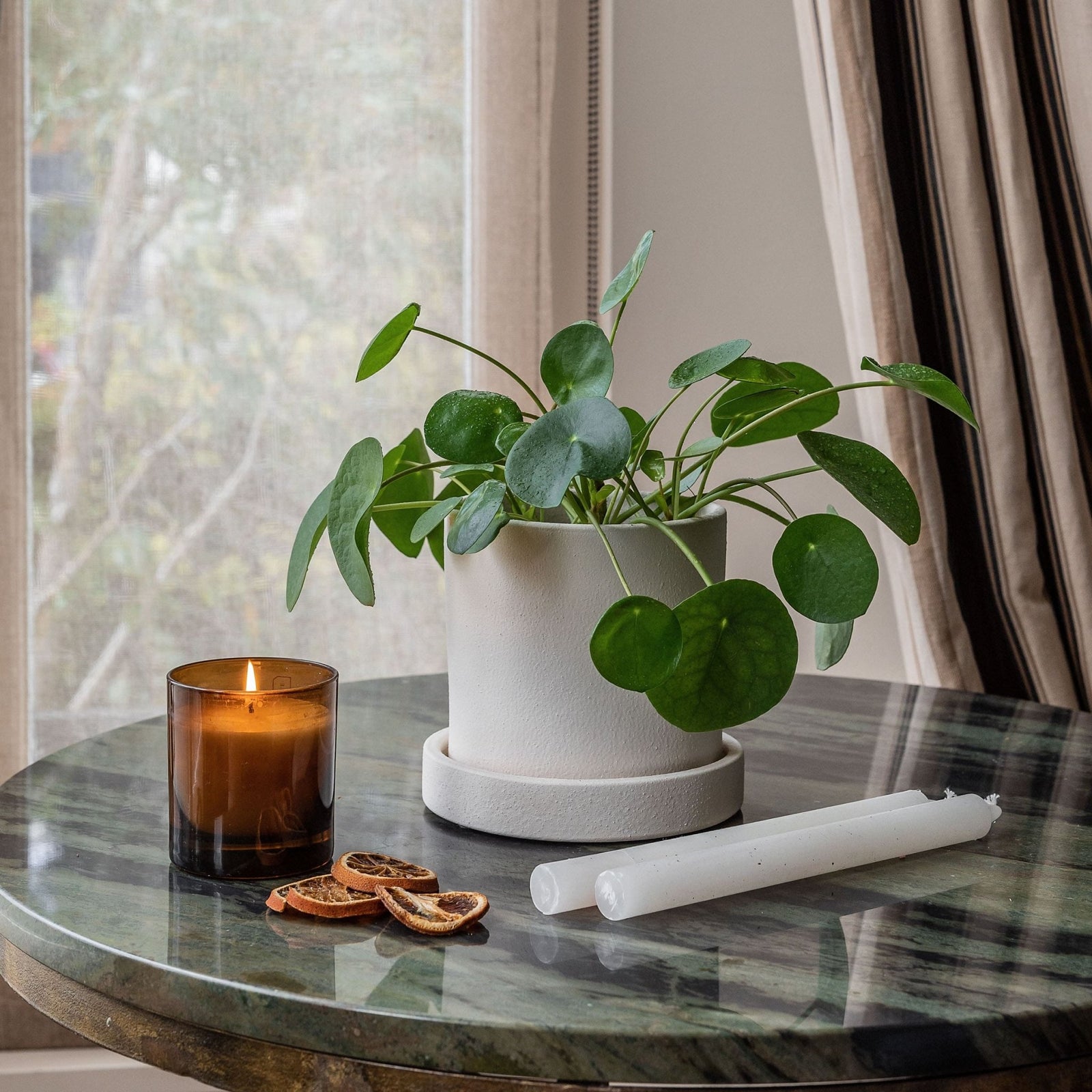
Let there be light
In celebration of Diwali festival this week, we're diving into the importance of light for our house plants. Light is life for plants & getting it right can help your plants to thrive & flourish. However, it can be a tricky skill to master. Read on for some enlightening tips for our indoor plants.
